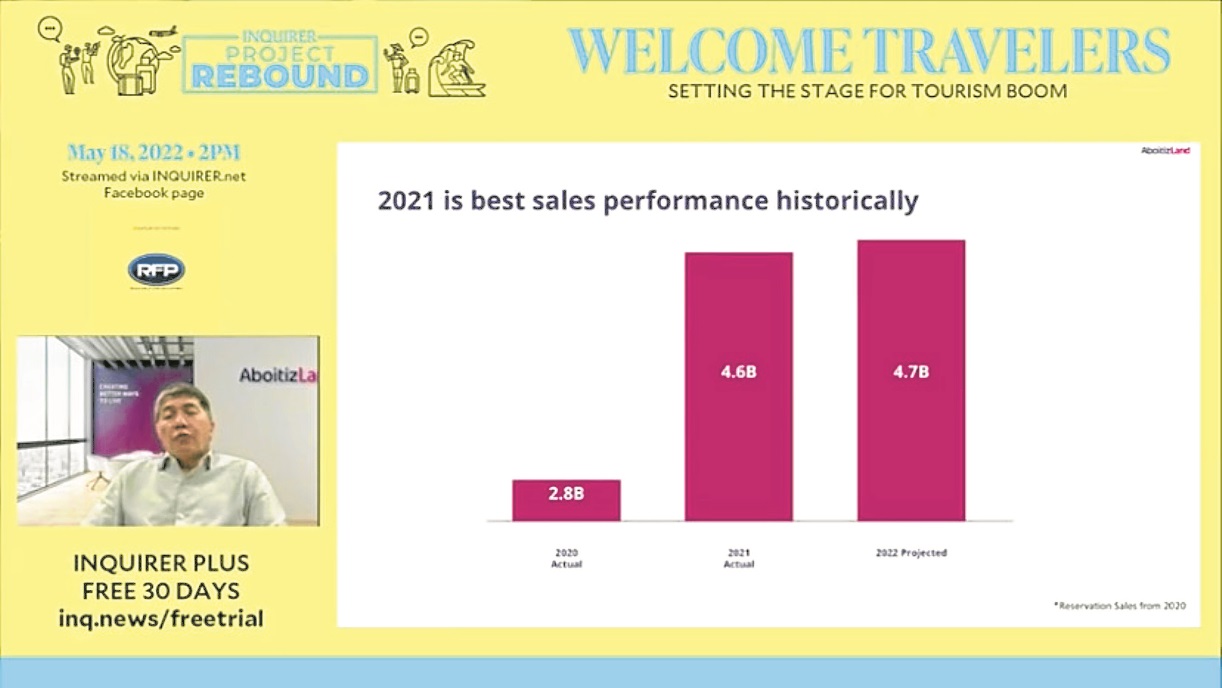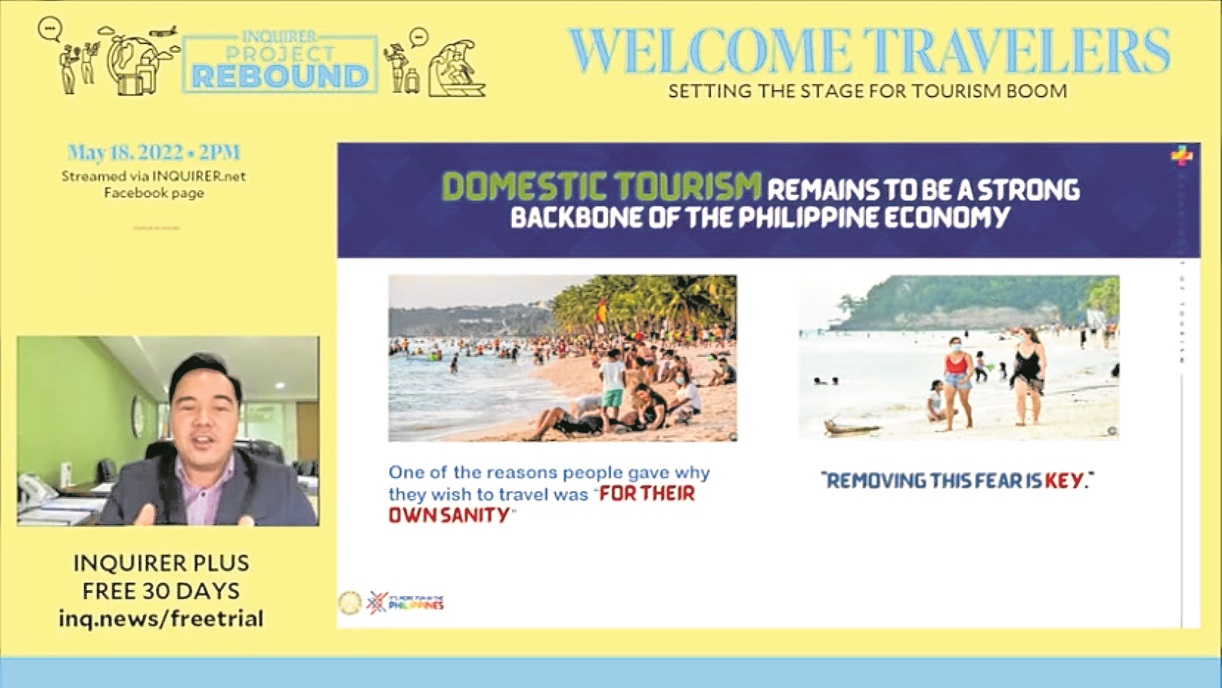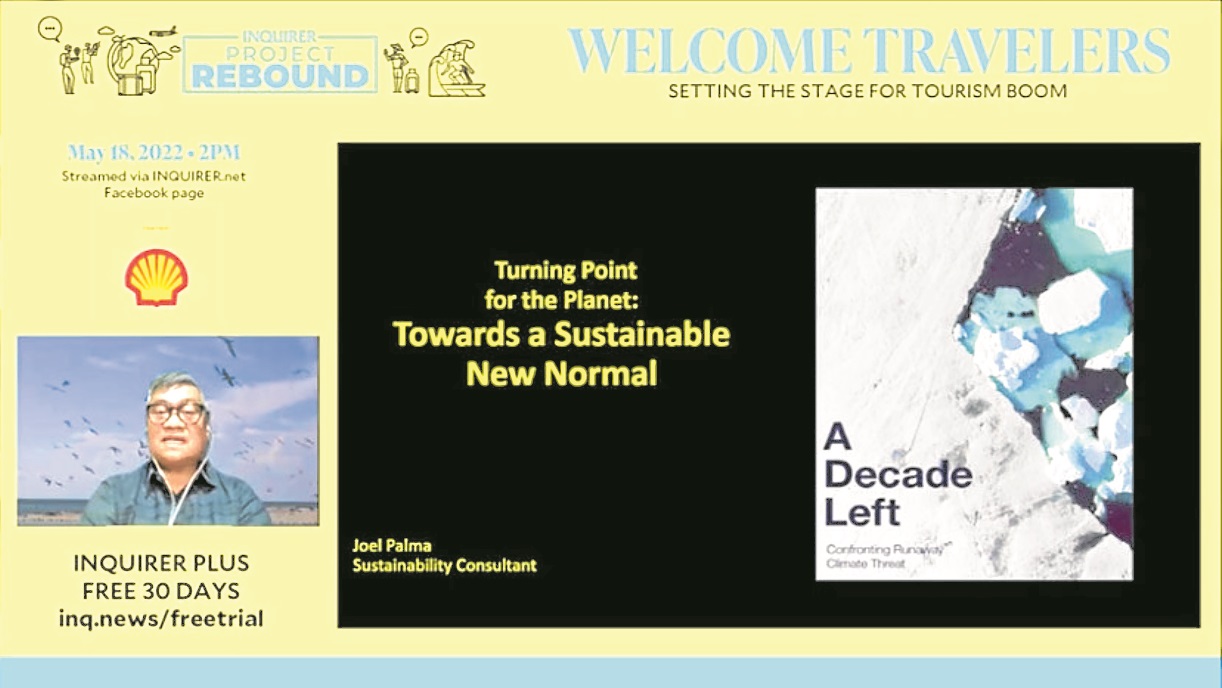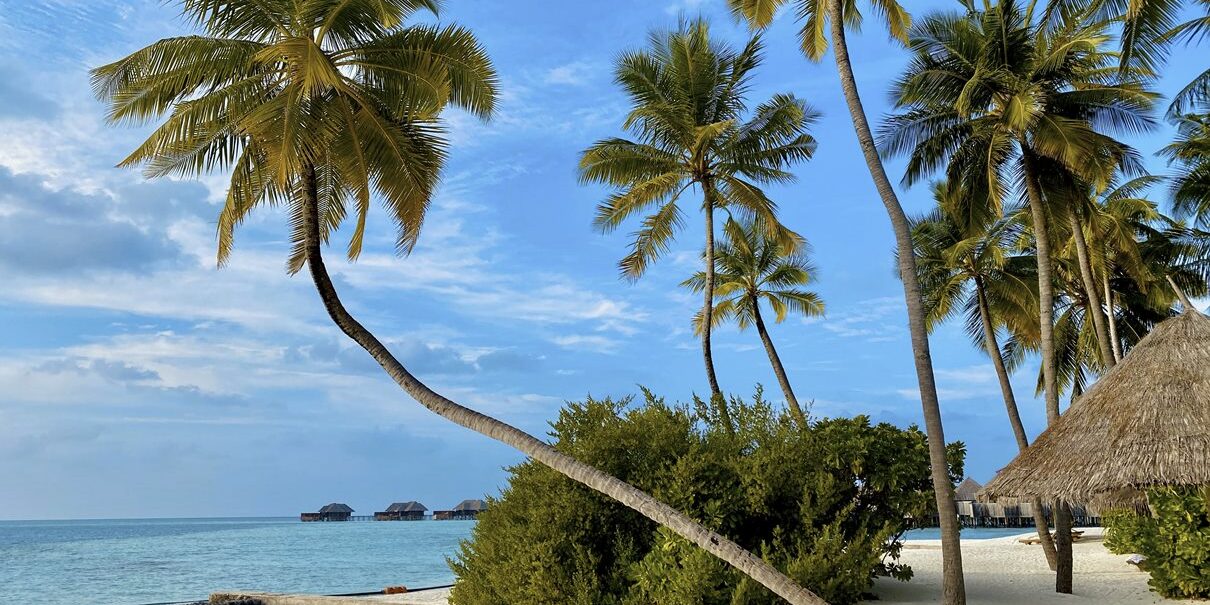As the two-year pandemic has forced everyone to isolate themselves in their own homes, the country’s biggest contributors to the economy have taken a massive hit. Losses, layoffs and closures were among the many devastating effects, but as the Philippines and the world begin to open up and ease border restrictions, the economy has also begun to grow faster.
The tourism industry has been one of the major drivers of economic growth for the country. In an Economic Impact Report by the World Travel & Tourism Council, the Philippines’ tourism sector was reported to have had a 22.5-percent contribution to the total economy ($92.6 billion) prepandemic. Travel restrictions caused this to plunge to 4.8 percent. In 2021, the report said the travel sector was showing signs of recovery, as it posted a 10.4-percent share in the economy.
In addition, the International Air Transport Association projected the Philippines’ overall passenger numbers to improve by up to 83 percent this 2022, and up to 94 percent in 2023, and more than 100 percent in 2024. In the domestic space, they see better numbers, at 93 percent improvement in passenger numbers for 2022, 103 percent in 2023, and 111 percent by 2024.
But in what direction is our tourism industry headed, given the experiences and challenges of the pandemic? In Inquirer’s Project Rebound webinar on May 18, experts and key figures in the local tourism sector shared their insights on the country’s postpandemic tourism boom.‘Pandemic to spendemic’

Panelists from key areas of the tourism and property industry shared their insights on the sector’s growth after two years of a global crisis.
Woodrow “RR” Maquiling Jr., undersecretary for the Department of Tourism (DOT), in his keynote speech, shared positive news. Since opening the country’s borders with eased travel restrictions, the country has recorded an “all-time high” of 437,000 international arrivals. Maquiling also noted that domestic tourism has remained a “strong backbone” for the travel economy.
People-centered recovery initiatives were key in the bouncing back of the tourism industry, Maquiling said. Aside from financial assistance, priority was also given to tourism workers, as they were among the most vulnerable during the pandemic. As tourism front-liners, special vaccination programs were also held to ensure their as well as travelers’ safety. A total of 282,780 tourism frontliners were vaccinated, according to Maquiling.
In addition, to address tourist concerns on safety, the DOT also implemented a voluntary certification scheme. This involves establishments getting safety seal certifications, as well as coordinated contact tracing systems via staysafe.ph. These programs helped boost travelers’ trust and confidence in local tourism establishments, according to Maquiling.
According to DOT’s studies, trends are leaning towards high interest in multipurpose travel—that is, destinations wherein both remote work and leisure are possible. This trend has also been evident in real estate, as the past two years have seen more people begin investing in homes that offer open spaces, but still retaining access to amenities, according to AboitizLand president David Rafael. With the increased demand for houses and land, Rafael noted several other priorities Filipinos now have with regard to property, particularly bigger living spaces, especially those that can allow for self-care corners, as well as greenery and outdoor areas.
Travel has become like a basic need, Rafael added, and with new work and lifestyle trends brought about by the pandemic, property choices have evolved, too. The adoption of the work-from-home setup has allowed more Filipinos to live outside major cities and business districts, opting to settle in “urban rural” areas which provide a balance of connectivity and accessibility, as well as the quality of life being away from densely populated, highly metropolitan spaces can provide.

This pandemic saw people invest more in their homes due to restrictions in travel, according to AboitizLand president David Rafael.
Revitalizing domestic travel
Aside from its people-centered recovery initiatives, DOT has also begun to improve domestic travel offerings. To date, the department has been able to create and classify 112 tourism circuits, which allow them to expand the market to beyond beaches and coastal tourism.
The Philippines has become the top Asian destination for summer travel for tourists in Europe, according to Tourism Promotions Board deputy chief operating officer for marketing and promotions Charles Bautista. And while beaches remain a top destination even among local travelers, the various tourism organizations are also acting on the need to offer something new.
Roberto Zozobrado, chairman of the Pacific Asia Travel Association, noted that stakeholders are now aware of the need to redesign and redefine their offerings. As the pandemic changed people’s travel style, habits, and preferences, travel agents, tour operators, and other tourism workers must also take a look at how they can make new experiences possible. “Travelers want to pay for a unique experience,” he said.
“There’s a lot of demand in the domestic market in exploring the country, but they’re no longer interested in the usual,” Bautista added. “They want something more curated, more exclusive destinations.”
Lesser known, off-the-beaten-track destinations are becoming the new stars of domestic tourism, the experts noted. Cultural and culinary immersion, and activities and experiences unique to a province or region add to the appeal.
Aside from long-time popular destinations such as Boracay and Baguio, Maquiling highlighted the uptick in visitors to La Union, Ilocos, Rizal, and areas in CALABARZON and Central Luzon. A common denominator among these spots is that they can be accessed by land, and are rich in open spaces.
Meanwhile, cultural heritage sites and eco sites in Visayas and Northern Mindanao are also gaining prominence.
“Revenge tourism” is another trend being attributed to the growth in the popularity of previously lesser known regions. After being deprived of open spaces, human interaction, and culinary variety amid the past years’ lockdowns, travelers are now in search of experiencing the opposite of what they were deprived of, hence the growing interest in nature destinations, cultural immersions, and exploring different culinary offerings.
Lastly, oft-overlooked circuits of tourism are expected to become more popular post-pandemic. Maquiling cited farm tourism, which has already long existed in the country, but is slowly seeing a resurgence thanks to growing interest in nature and open spaces, slow living, and health and wellness.

Work-from-home setups have allowed people to live outside cities, opting for “urban rural” areas that balance connectivity and accessibility with quality of life.
Sustainability
The post-pandemic shift to highlighting domestic tourism, as well as the more pronounced discussions on climate change, have helped bring forward the necessity of implementing sustainable practices in hospitality and tourism. More than just spotlighting local goods and services, it has also served as an opportunity for establishments and operators to change their practices.
Sustainability consultant Joel Palma, former executive director of World Wildlife Fund Philippines, emphasized the importance of adopting more sustainable practices. With the timeline inching closer to the 2030 benchmark, this time that tourism is taking to pivot and shift should be a good opportunity to address environmental concerns.
Aside from the plastic problem, another of concern, especially for the tourism sector, is the issue of food waste. One-third of all food produced is wasted, Palma said, but he also noted that proper training and education have allowed many local hotels and restaurants to reduce food waste.

Tourism Promotions Board Charles Bautista shared insights on what experiences tourists are now looking for in destinations.
Post-COVID vs post-pandemic
In looking at the future of the tourism industry, the panel agreed that it is important to note that there may no longer be such a thing as “post-COVID.” As far as trends and developments go, it is not a matter of the virus no longer existing, but for the world—and therefore the industry—to learn how to live with it.
Instead of focusing on going back to a life without COVID, the panel said Filipinos must instead start living in a world after a pandemic. Therefore, the emphasis is on taking stock of the changes in traveler habits and preferences, staying on top of medical news and updates to ensure correct protocols, and promoting being better advocates of health.
“Be a responsible tourist for a sustainable future,” Maquiling said.









